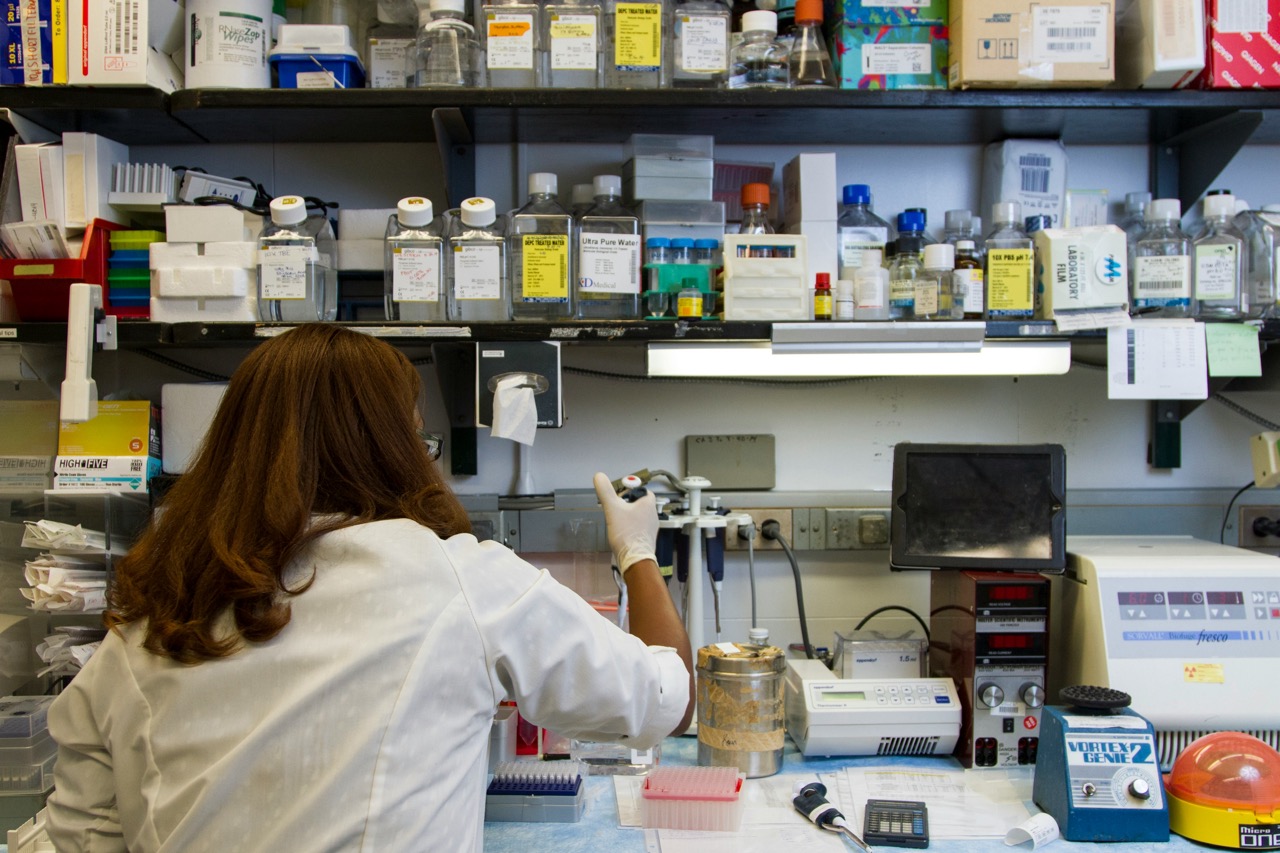Human Papillomavirus (HPV) is a group of more than 200 related viruses, some of which can lead to serious health issues, including genital warts and various types of cancer. Understanding HPV and recognizing its symptoms is crucial for maintaining sexual health and making informed decisions about healthcare. While many people with HPV may remain asymptomatic, awareness of potential signs can help individuals take proactive measures to seek appropriate medical advice and treatment. This article will explore an overview of HPV, common symptoms associated with the virus, the various HPV strains, and guidance on when to consult a healthcare professional.
Understanding HPV: An Overview of the Virus and Its Impact
HPV is the most common sexually transmitted infection globally, with an estimated 80 million Americans currently infected. The virus is primarily transmitted through intimate skin-to-skin contact, making sexual activity its main mode of spread. HPV can affect anyone who is sexually active, regardless of gender or sexual orientation. While many people will clear the virus naturally within a couple of years, certain high-risk types of HPV can lead to more severe health complications.
The impact of HPV on public health is significant. Certain strains of the virus are known to cause cervical cancer, as well as cancers of the anus, throat, and genital regions. The World Health Organization recognizes HPV as the cause of nearly all cases of cervical cancer, which is a leading cause of cancer-related deaths among women worldwide. Therefore, understanding HPV not only aids in personal health management but also contributes to broader public health efforts aimed at reducing HPV-related diseases.
Vaccination is one of the most effective means of preventing HPV infection and its associated health complications. The HPV vaccine is recommended for preteens, but it can be administered up to age 45. This prophylactic measure, along with regular screenings for cervical cancer, plays a pivotal role in decreasing the incidence and impact of HPV-related diseases across populations.
Common Symptoms of HPV: What Individuals Should Recognize
Many individuals infected with HPV may not experience noticeable symptoms, which can make the virus difficult to detect. However, some strains of HPV can lead to the development of warts, which are small, fleshy growths that can appear in various parts of the body. Genital warts are the most common symptom associated with genital HPV, usually manifesting as small bumps or clusters in the genital area, including the vulva, vagina, cervix, penis, and anus. These warts may be raised or flat and can vary in size.
Other than genital warts, some individuals may experience symptoms associated with HPV-related cancers. In women, persistent HPV infection can lead to changes in cervical cells, detectable through Pap smears, which may later develop into cervical cancer if left untreated. Symptoms of cervical cancer in advanced stages may include unusual bleeding, pelvic pain, or pain during intercourse.
In men and women, other cancers associated with high-risk HPV strains may not present symptoms until later stages. The symptoms of these cancers can include persistent sore throat, difficulty swallowing, or changes in bowel or urinary habits. Recognizing these signs early is essential for timely intervention and treatment.
Specific HPV Types: Identifying Symptoms by Strain
HPV can be categorized into low-risk and high-risk types based on their potential to cause health issues. The low-risk types, such as HPV 6 and HPV 11, are primarily associated with non-cancerous conditions, including genital warts and respiratory papillomatosis. Symptoms from these strains are generally limited to the appearance of warts; however, they are still contagious and can impact sexual health.
High-risk HPV types, including HPV 16 and HPV 18, are linked to severe health concerns, particularly cancers. HPV 16 is known to cause the majority of HPV-related oropharyngeal cancers and is also a significant contributor to cervical cancer. Symptoms associated with these strains can be more insidious and may not present until the disease has progressed significantly. Regular screenings and monitoring are essential for early detection.
It’s crucial for individuals to understand that while specific symptoms may help identify certain HPV strains, the virus can often remain dormant. Therefore, even if no symptoms are present, individuals can still carry and transmit the virus. This underlines the importance of vaccination and regular health check-ups, particularly for those at higher risk.
When to Seek Medical Advice: HPV Symptoms and Next Steps
If an individual notices any unusual symptoms, such as the appearance of warts or unexpected changes related to sexual health, it is essential to consult a healthcare provider. Early consultation can lead to timely diagnoses, which are critical in managing any potential complications that may arise from HPV. Health professionals can offer guidance on treatment options for symptoms like genital warts and can provide advice on monitoring for HPV-related cancers.
Women should adhere to routine cervical cancer screenings, such as Pap smears and HPV tests, as recommended by healthcare providers. These screenings can detect precancerous changes in cervical cells before they advance to cancer, allowing for early intervention. For men, while there are no standard screening tests for HPV-related cancers, regular check-ups and discussions about symptoms can facilitate early detection and management.
Lastly, there is no cure for HPV itself, but many HPV-related health issues are preventable or treatable with medical interventions. Staying informed, getting vaccinated, and maintaining open communication with healthcare providers will help individuals manage their health effectively and mitigate the risks associated with HPV.
In conclusion, understanding HPV and its potential symptoms is vital for individual health and public awareness. While many people with HPV do not experience symptoms, recognizing the signs associated with various strains can lead to timely medical intervention and better health outcomes. Engagement with healthcare providers for vaccinations, screenings, and discussions about symptoms will empower individuals to take charge of their sexual health and contribute to lowering the incidence of HPV-related diseases in the community. Knowledge is the first step in prevention, making it imperative to stay informed about HPV and its effects.










